Obedient plant (Physostegia virginiana) may look charming with its spikes of snapdragon-like blooms, but don’t let the name fool you—this perennial can quickly get out of hand if left unchecked. Its spreading rhizomes mean it’s often labeled as aggressive, even by experienced gardeners. But the good news? You can still enjoy its pollinator-friendly flowers without letting it take over your garden.
With the right placement and a few smart strategies, obedient plant becomes less of a garden bully and more of a reliable beauty. From container growing to natural barriers and pruning tips, here’s how to grow this North American native confidently and responsibly—so it stays exactly where you want it.
Choosing the Right Location
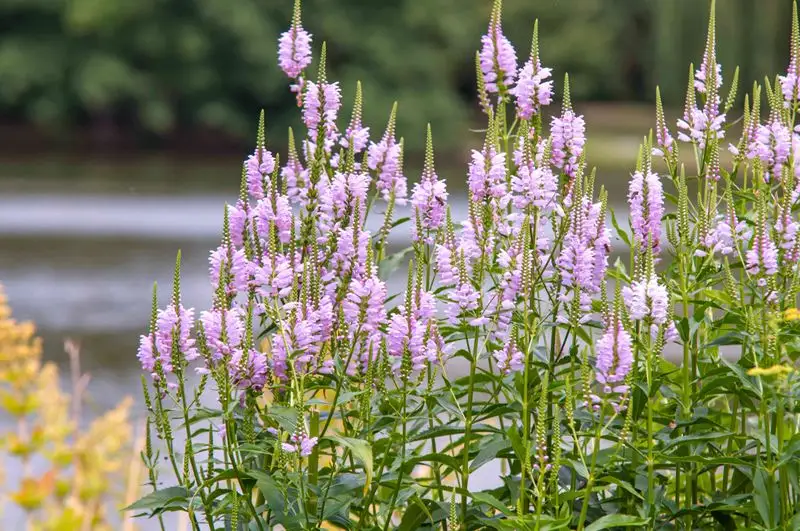
Selecting the perfect spot can make all the difference. Opt for a location that naturally restricts the plant’s spread, such as an area bordered by pathways or a contained garden bed. This way, the plant’s growth remains in check, and you can enjoy its beauty without concern.
Consider planting them in spots where they can be monitored easily, perhaps near a patio or walkway. By doing so, you’ll have a stunning visual display that enhances your outdoor space while maintaining control over its spread.
Using Root Barriers

One clever trick is to install root barriers. These barriers act like invisible walls, stopping the roots from spreading beyond a designated area. Typically made from plastic or metal, they are buried in the soil around the plant.
Root barriers are a practical solution, particularly if you’re dealing with restricted gardening space. Not only do they help maintain order in your garden, but they also ensure the plant thrives within its own boundaries, keeping your landscape neat and tidy.
Regular Pruning
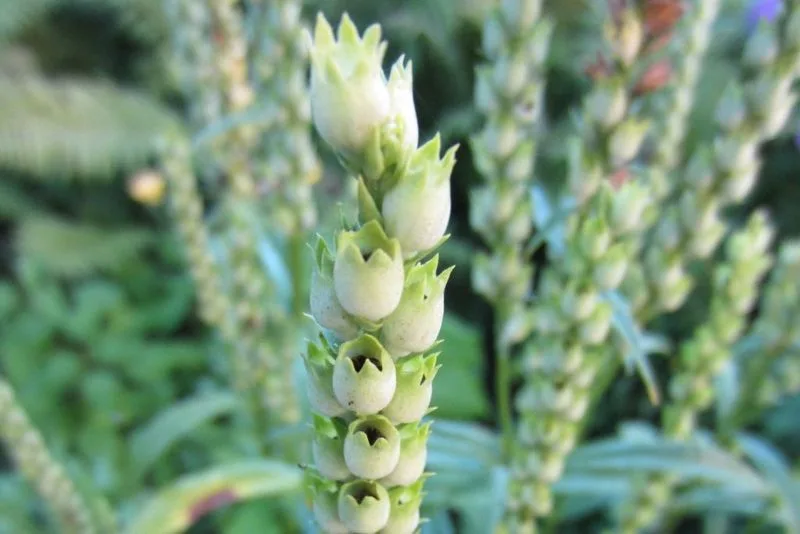
Pruning is your go-to technique for managing growth. By regularly cutting back the stems and flowers, you can prevent the plant from spreading aggressively. This simple practice encourages healthier and more controlled growth.
Make pruning a routine part of your gardening schedule. Not only will this keep the plant in shape, but it also promotes a fuller bloom, adding vibrancy to your garden. Remember, consistent care is key to maintaining an obedient plant that’s as tidy as it is beautiful.
Companion Planting

Companion planting can be a game-changer in garden design. Pair obedient plants with other perennials that have similar growing requirements but less aggressive tendencies. This strategy can naturally limit their spread.
Mixing in plants like coneflowers or black-eyed Susans not only creates a visually appealing garden but also helps keep the dominant nature of the obedient plant in check. By diversifying your plants, you maintain harmony and keep the garden ecosystem balanced.
Mulching to Control Spread
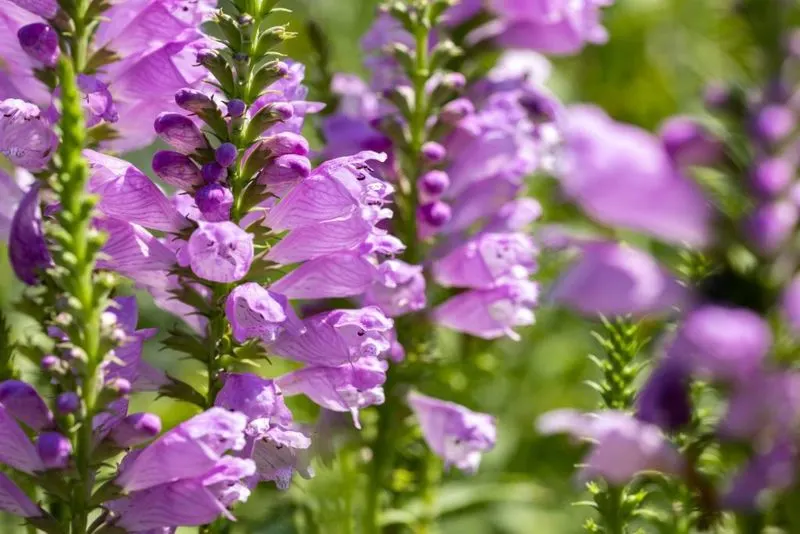
Mulching serves as a dual-purpose solution. It not only conserves soil moisture but also impedes the plant’s runners from taking root. By applying a thick layer of mulch around your obedient plants, you create a barrier that restricts unwanted growth.
This practice is particularly beneficial during the growing season when the plant is most active. Mulching keeps the garden tidy and reduces the time spent on maintenance, allowing you to enjoy a beautiful, well-managed garden.
The Floating Pot Trick
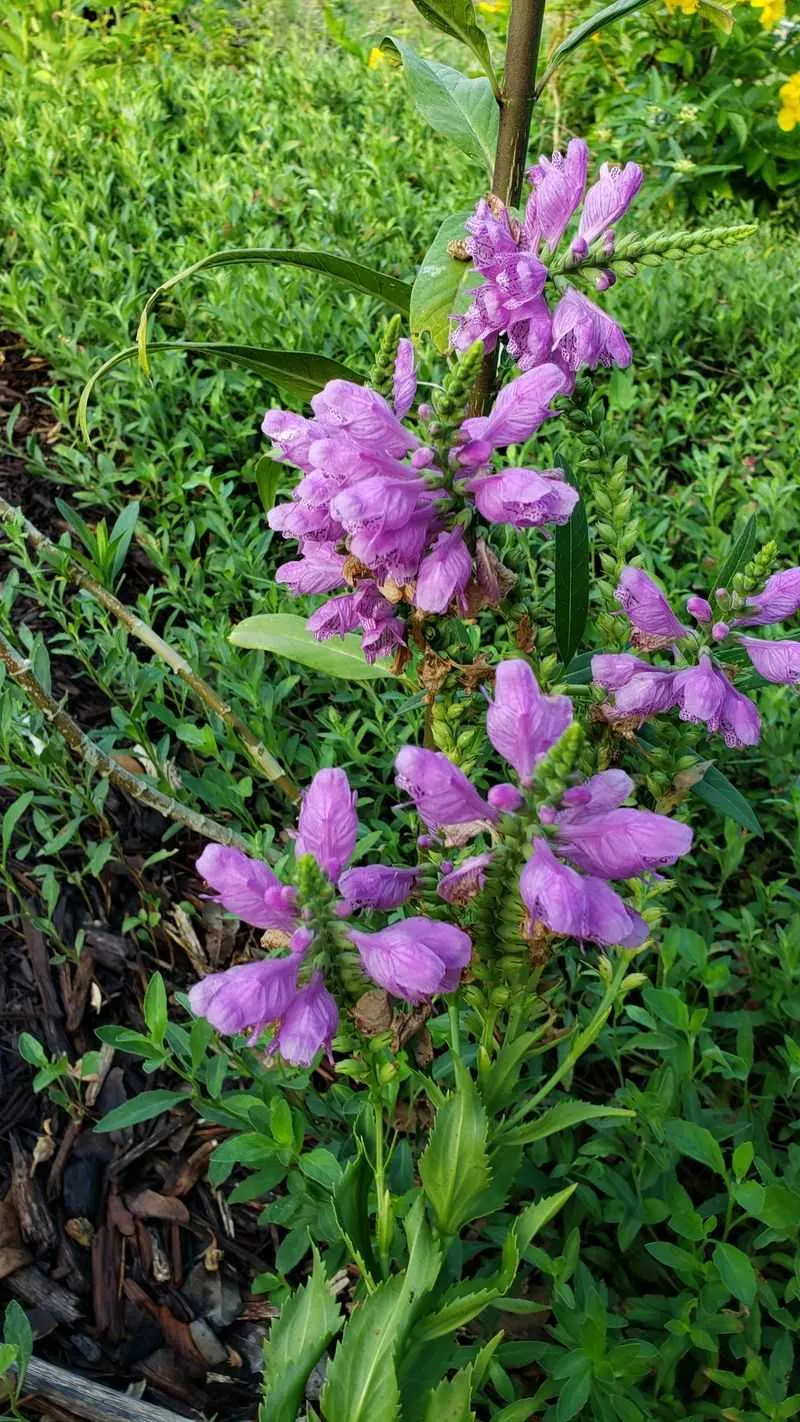
Imagine an obedient plant suspended in mid-air, dancing gently with the breeze. By using a floating pot, you can keep your plant contained and stylish. The pot hangs by ropes or cables, creating a captivating garden centerpiece. The floating effect not only prevents it from spreading but adds an artistic touch to your outdoor space. You can adjust the height to suit your garden design, making it both functional and visually appealing. This quirky approach ensures your obedient plant remains the star of the show without encroaching on its neighbors.
Plant in a Maze Planter
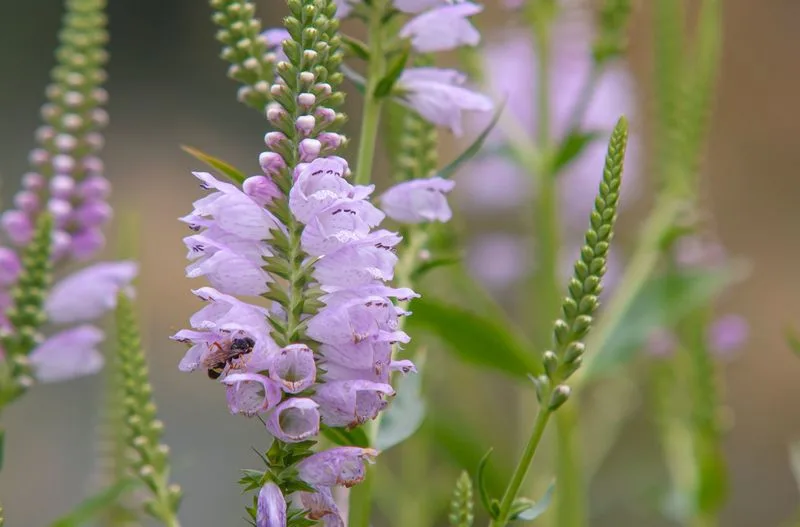
Transform your garden into a puzzle with a maze planter. This innovative design allows you to grow obedient plants in a confined, structured space. The intricate pathways of the planter guide the plant’s growth, ensuring it doesn’t stray beyond its boundaries. As the plants follow the maze, they create a stunning visual effect, bringing a sense of mystery and fun to your garden. This method not only controls the spread but also invites exploration and curiosity. The maze planter is a playful solution for gardeners seeking both beauty and order.
Companion Animal Guards
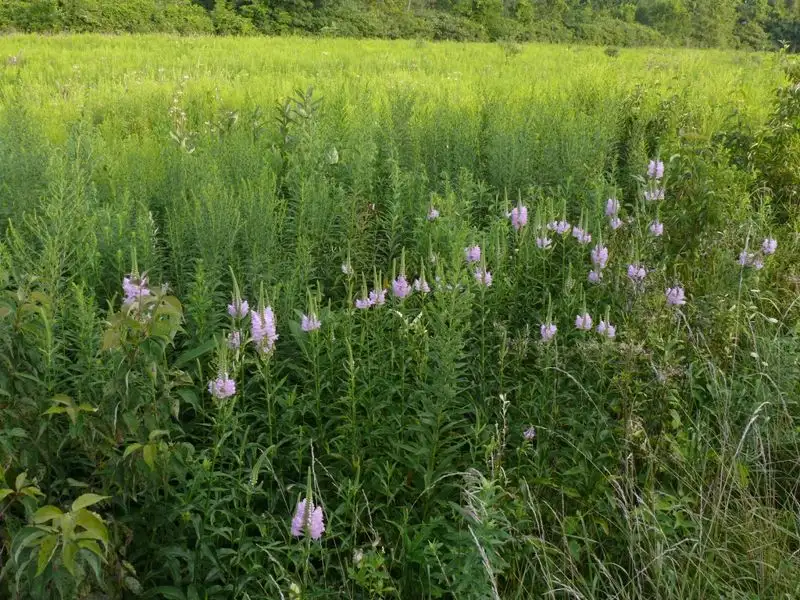
Say hello to your new garden guardians! Strategically placing small gnomes or animal statues around your obedient plants creates a whimsical barrier. These charming figures not only add personality but also subtly guide plant growth. Their presence can create micro-pathways for the plants, keeping them in check. It’s a playful nod to traditional garden elements while serving a practical purpose. Your obedient plants remain contained, and your garden becomes a storytelling landscape, where each guardian has a role in maintaining harmony.

